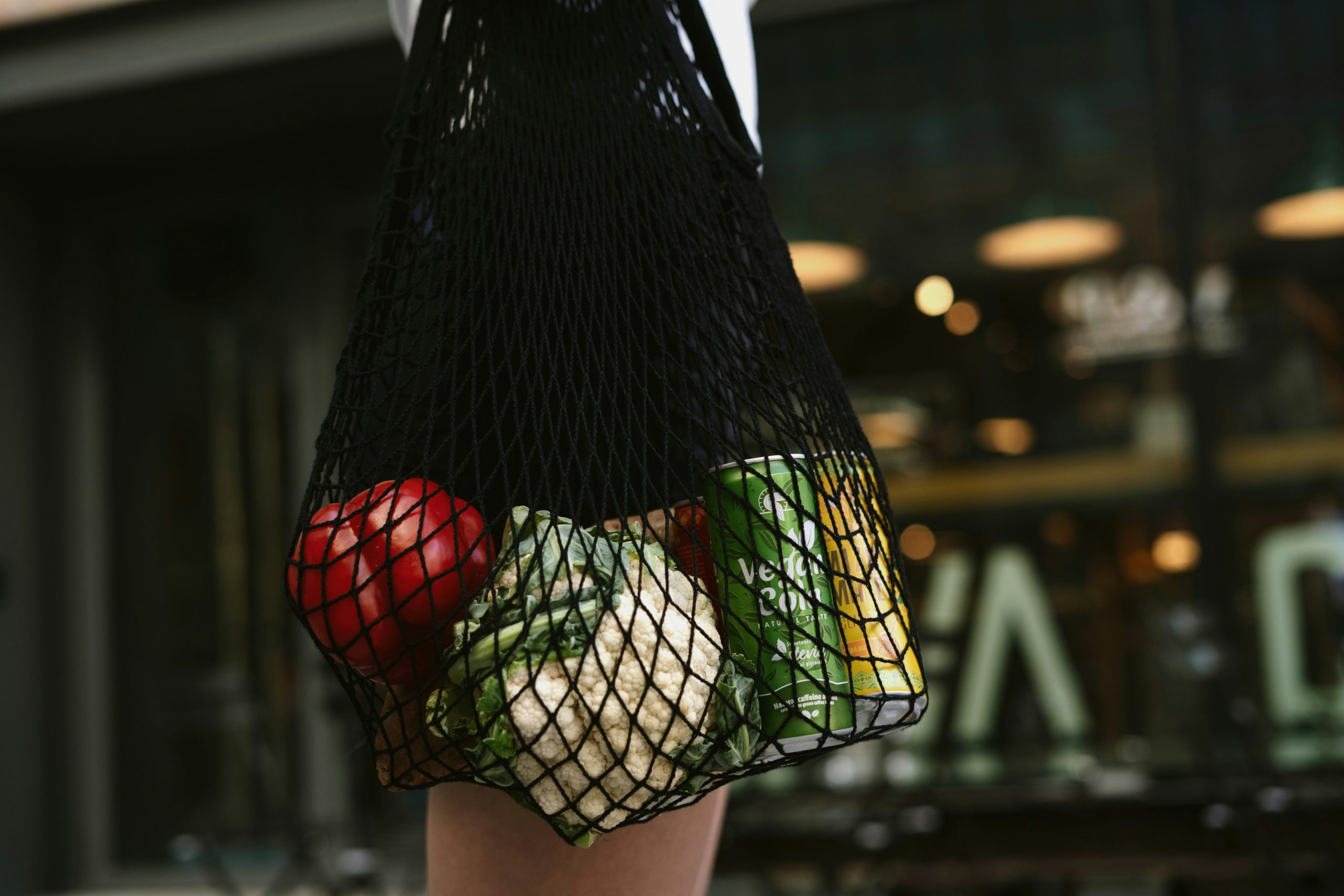Fashion house collaborations shaking up retail exclusivity
Fashion has always been a highly competitive industry, with luxurious brands constantly battling for consumers’ attention and loyalty. However, in recent years, a new trend has emerged that is shaking up the traditional retail exclusivity of high-end fashion – collaborations between fashion houses. These partnerships have become a popular strategy for fashion brands to expand their reach and tap into new markets. In this article, we will delve into the world of fashion house collaborations and how they are disrupting the retail landscape.
The Rise of Fashion House Collaborations
In the past, fashion brands relied heavily on their own brand identity and image to attract consumers. However, in today’s fast-paced and highly connected society, partnering with other brands has become a popular way to create a buzz and reach a wider audience. Fashion house collaborations have been around for decades, but in recent years, they have taken on a new level of importance and impact.
From High-Fashion to High-Street
Traditionally, collaborations between fashion houses were limited to high-end brands teaming up with other luxury names. However, in recent years, we have seen a shift towards collaborations between high-fashion and high-street brands. This has allowed high-end brands to tap into a different customer base and reach more affordable price points, while also giving high-street brands a taste of luxury and exclusivity.
Creating Hype and Buzz
One of the main motivations behind fashion house collaborations is to generate excitement and buzz. By partnering with another brand, fashion houses can create limited edition collections that become coveted items. This can lead to long queues outside stores, with fans eagerly waiting to get their hands on these exclusive pieces.
The Impact on Retail Exclusivity
In the past, high-end fashion brands relied on their exclusivity to maintain their luxurious image and pricing. However, with the rise of collaborations, this exclusivity has been challenged. By teaming up with other brands, fashion houses are opening up their products to a wider audience, diluting the sense of exclusivity. This has led to some brands losing their sense of luxury and becoming more accessible to the mass market.
Opening Up to New Markets
Collaborations between fashion houses have also allowed brands to tap into new markets and demographics. By partnering with brands that have a different audience, they can expand their reach and attract new customers. For example, a high-end brand collaborating with a streetwear label can attract a younger and more diverse audience.
Competition and Copycats
In addition to challenges from within the fashion industry, collaborations have also opened the door for copycats to create their own versions of popular designer collaborations. This has led to an increase in competition and has made it harder for fashion houses to maintain their exclusivity.
The Future of Fashion House Collaborations
The rise of fashion house collaborations has had a significant impact on the retail industry and has changed the way fashion brands approach marketing and brand image. But what does the future hold for these partnerships?
Continued Popularity
It is clear that collaborations between fashion houses are here to stay. They have become an essential strategy for brands to stay relevant, attract new customers, and create buzz around new collections. We can expect to see more innovative and unexpected partnerships in the future.
Brand Dilution
On the other hand, some critics argue that collaborations are causing brand dilution and are damaging the exclusivity of high-end fashion. As more and more collaborations occur, it may become challenging for consumers to differentiate between what is truly exclusive and what is just a marketing ploy.
Conclusion
In conclusion, fashion house collaborations have become an integral part of the fashion industry and have disrupted the traditional retail exclusivity model. While they have opened up new opportunities and markets for brands, they have also brought new challenges and competition. It will be interesting to see how the world of fashion collaborations continues to evolve and impact the retail landscape in the years to come.










